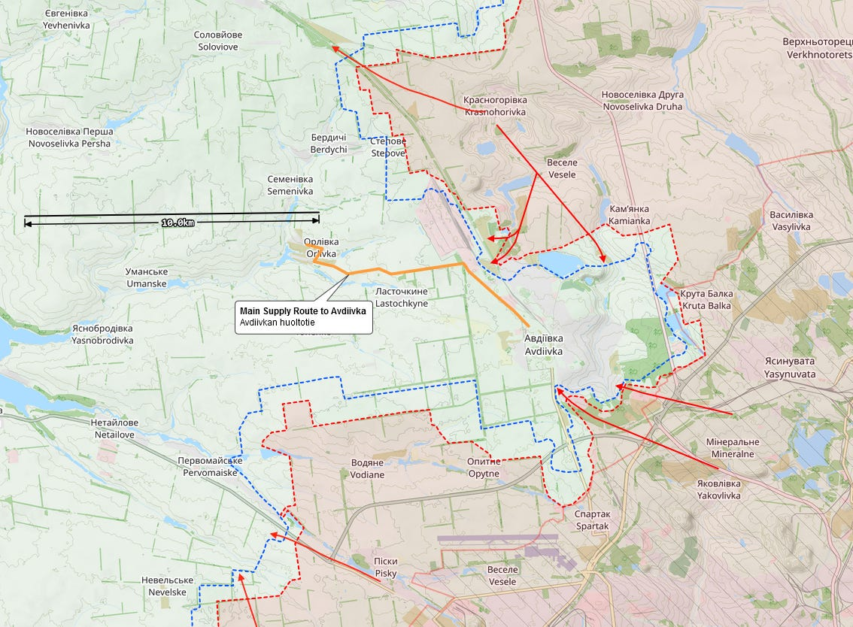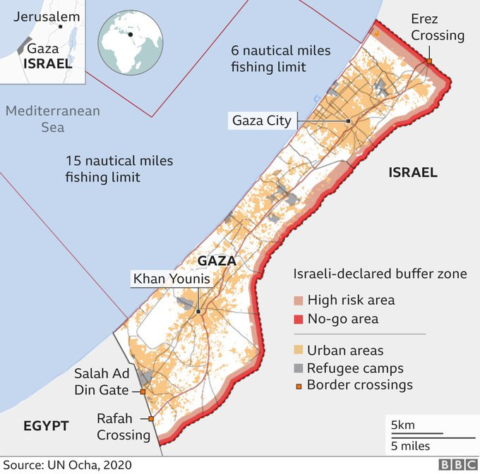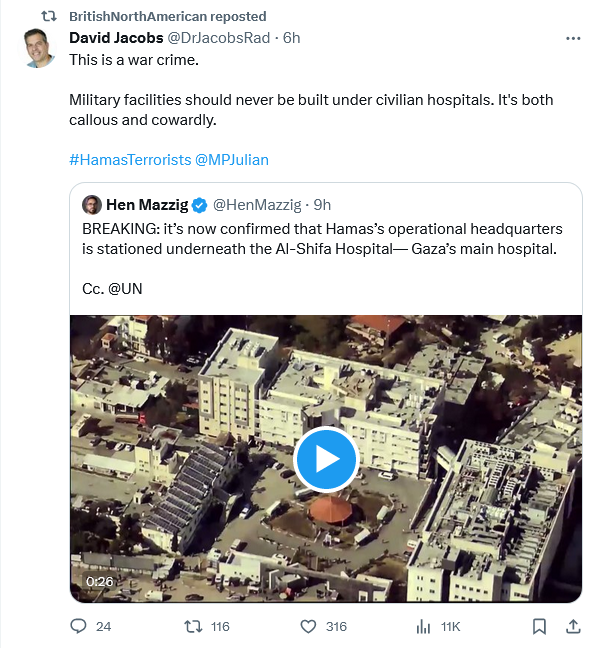In the second part of his review of the situation in the Russo-Ukrainian War, Niccolo Soldo discusses why the plight of Ukraine’s military is getting worse, not better:
Since the previous entry was published, several key developments continue to make the outlook for Ukraine even gloomier than it already was then. The Ukrainian-held city of Avdiivka is now falling to Russian forces. This city is right next to Donetsk, the largest city in the Donbass. It is from Avdiivka that the Ukrainian Armed Forces (UAF) have been shelling that city for almost a decade now. It is considered by many to be the location with the strongest fortifications along the entire front line. Its capture by the Russians would be a significant victory, not just because of the size of the battle, but especially because it would spare the city of Donetsk from any future artillery barrages from the Ukrainian side.
Since the last entry, the ongoing fight between President Zelensky and his top general, Valeri Zaluzhny, has broken out into the open. Zelensky has indicated that he will be replacing Zaluzhny (and others) in order to “shake up” Ukraine’s war effort, a move that the general refuses to accept. The two Z’s do not see eye-to-eye, with observers informing us that Zaluzhny has called for the UAF to pull out of Avdiivka in order to buy time and not lose more men and arms in defending a city that they would lose in due time. [NR: Zelensky announced that Oleksandr Syrsky has replaced Zaluzhny on February 9th.]
Making matters even worse for the Ukrainians, the US Senate failed to agree to send more money to Kiev to help them in their fight against the Russians. Ukrainian officials told the Guardian that the failure in the US Senate “… will have real consequences in terms of lives on the battlefield and Kyiv’s ability to hold off Russian forces on the frontline”. US Aid For Ukraine President Yuriy Boyechko sounded an even gloomier note:
Everyone was hoping that US won’t let us down, and now we find ourselves at a very difficult place. People are losing hope little by little. We don’t have time for this because we see what’s going on at the front. The more time we give for the Russians to build up their stockpiles, even if the aid is going to show up it might be too little too late.
Newly-elected Polish Premier Donald Tusk criticized Senate Republicans by invoking the memory of Ronald Reagan:
And not to be outdone, Politico is blaming who else but Donald Trump.
The EU did finally manage to convince Hungary to agree to a new 50 Billion EUR package for Ukraine, but European leaders all agree that it is “nowhere near enough”, and requires the USA to chip in just as much as a minimum to sustain the war effort. This package is to be spread out until 2027, but Ukraine faces a funding shortfall of 40 Billion USD this year alone! From the linked article:
“Everyone realizes that €50 billion is not enough,” said Johan Van Overtveldt, a Belgian conservative who chairs the European Parliament’s Budget Committee. “Europe realizes that it needs to step up its efforts.” And by that, he means finding money from elsewhere.
World Bank estimates put Ukraine’s long-term needs for reconstruction at $411 billion.
Money is one thing (and a very, very important thing at that), but all the money in the world doesn’t address the elephant in the room: Ukraine is running out of soldiers to man the front.









